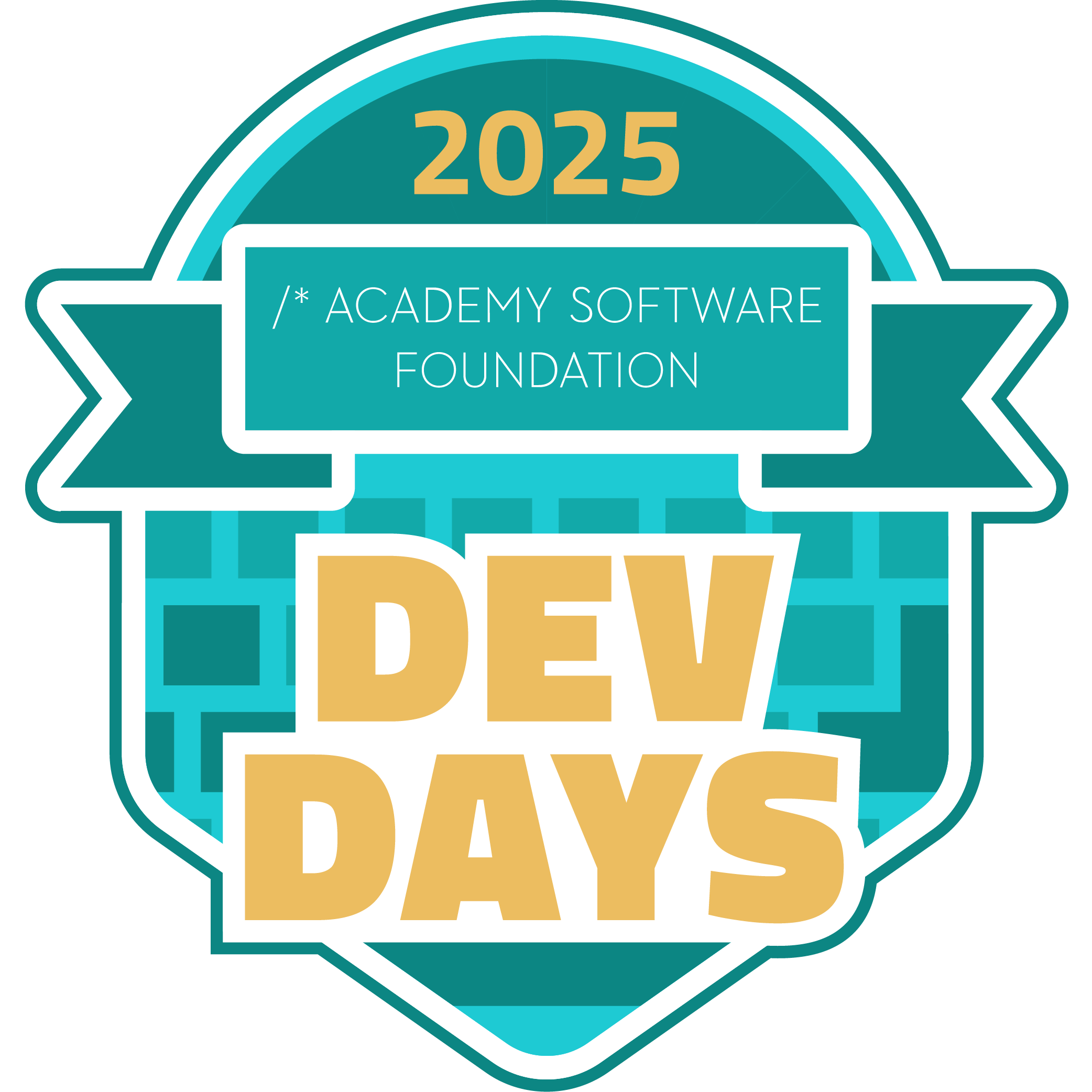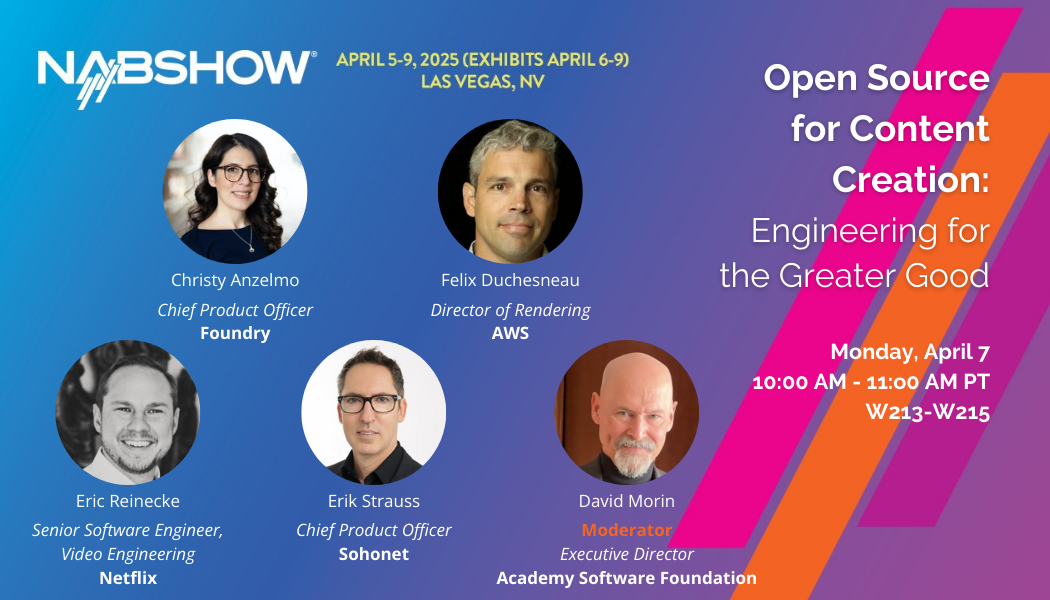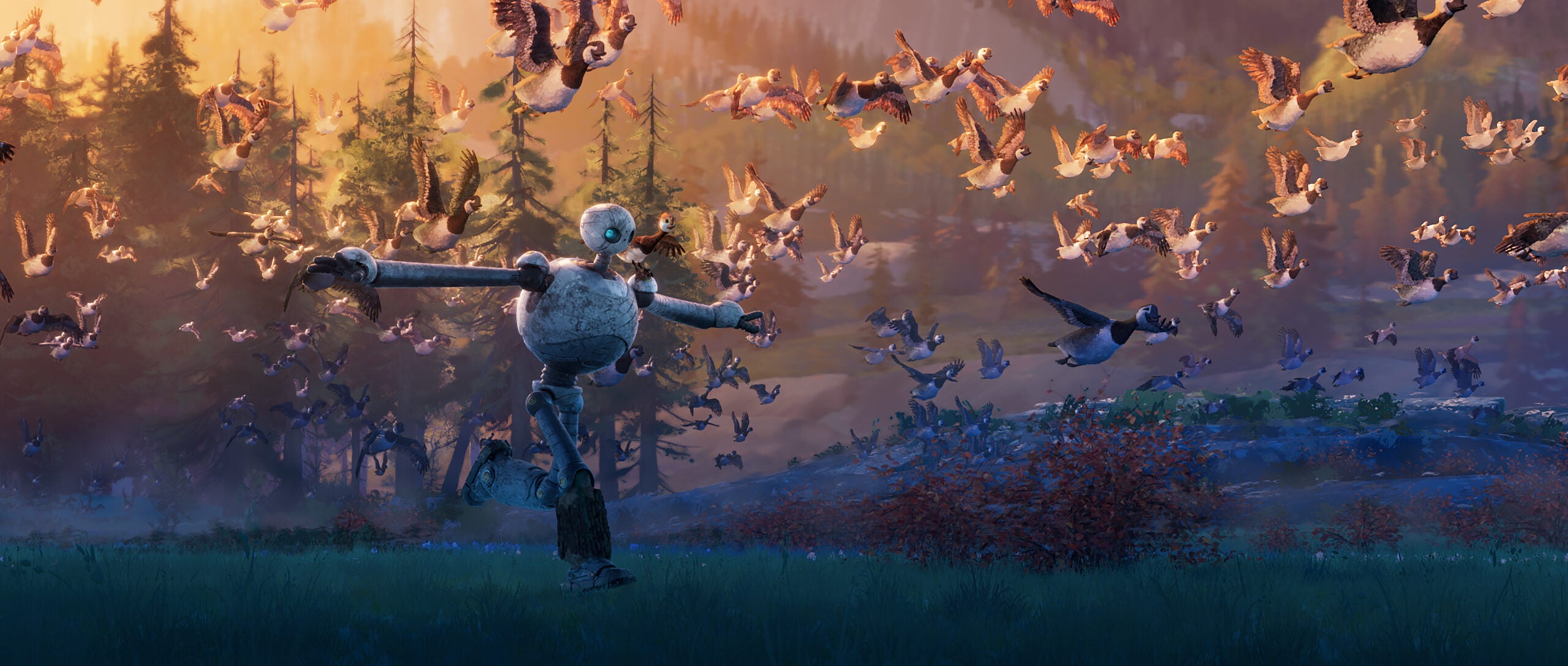
The Wild Robot is one of 2024’s most beloved films by audiences and critics alike, with the New York Times describing it as “a dazzling triumph of animation.” Written and directed by four-time Academy Award nominee Chris Sanders, based on the novel by Peter Brown, and starring Lupita Nyong’o, Pedro Pascal, Kit Conner, Mark Hamill, Stephanie Hsu, Bill Nighy, Matt Berry, Ving Rhames, and Catherine O’Hara, the film tells the story of shipwrecked robot Roz (Nyong’o), who must adapt to her new surroundings on an uninhabited island. The film has been nominated for three Academy Awards, including Best Animated Feature Film, three BAFTA awards, and recently won nine Annie Awards from ASIFA-Hollywood including Best Feature, and the Critics Choice Award for Best Animated Feature.
Tapped by writer-director Chris Sanders and producer Jeff Hermann to push the boundaries of design for The Wild Robot, production designer Raymond Zibach, art director Ritchie Sacilioc, and their team set out to create a new look inspired by the greats of the impressionist era and the timeless allure from animation’s past. Sanders described his approach as blending the best of both worlds in animation, with modern CG capabilities allowing for camera movements within 3D space and dynamic lighting, and traditional hand-drawn techniques giving visual depth and warm details that shine through.
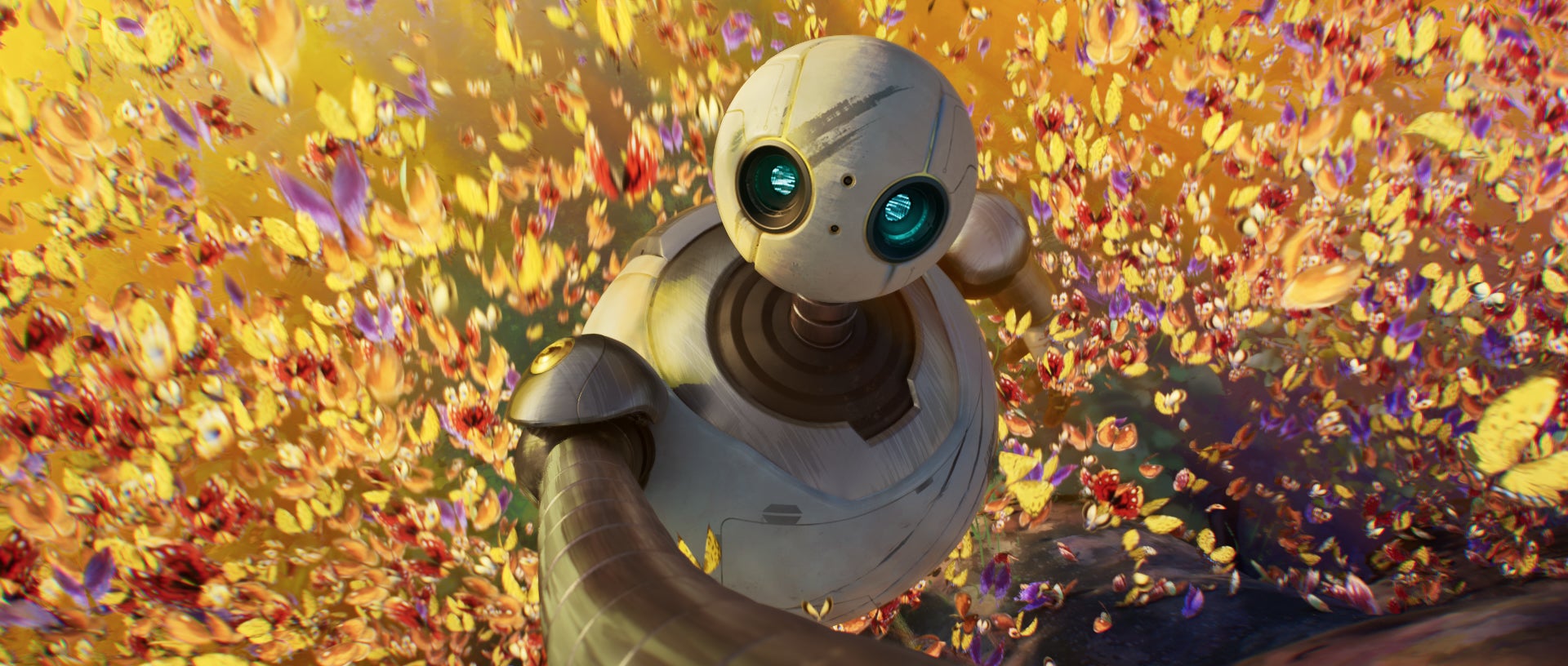
DreamWorks Animation, a founding Premier Member of the Academy Software Foundation, is a key player in the community and has open sourced projects including OpenVDB, the first project contributed to the Foundation, and MoonRay, their in-house renderer.
The studio utilized multiple open source tools in the making of The Wild Robot, including:
OpenColorIO enabled The Wild Robot to be the first DreamWorks Animation production to utilize a wide color gamut throughout the pipeline, creating a much more visceral and impactful experience for the audience. Backed by OpenColorIO’s configs and color management tooling, the use of expanded P3 and AP1 color spaces on the film provided the rich and vibrant color palette needed to represent the lush verdant natural world, yielding a wider gamut of hues akin to the saturated pigments available to a traditional painter.
OpenEXR’s multi-channel image file format is at the core of a hybrid Deep / Cryptomatte technique developed to achieve the painterly aesthetic of The Wild Robot. Introducing a novel layered Arbitrary Output Variable (AOV) data structure enabled foliage assets in The Wild Robot to heavily utilize non-binary presence. This unlocked interactive compositing workflows on transparent geometry such as spatial-coherent filtering, soft broken edges, object smearing, intelligent simplification, texture projection, and painterly depth of field. OpenEXR enabled artists to transport the audience to a lush forest with a hand-painted aesthetic.
OpenVDB volumes were used heavily throughout the film for effects sequences, such as Roz’s dramatic arrival on the island, her rescue of the island’s animals during the powerful winter storm, and her daring escape from the forest fire started by Vontra and the RECOs. OpenVDB was used to author and simulate stylized ocean waves, waterfalls, snow, atmosphere, smoke, and pyrotechnics – critical elements that elevated the stakes of Roz’s epic adventure.
Rez’s software package manager enabled engineers to confidently design, develop, test, and deploy new tools to production and iterate with artists on the technology necessary to achieve the creative vision of The Wild Robot. Its version and dependency tracking capabilities kept production moving forward smoothly, managing hundreds of versions of thousands of packages into stable configured environments. From Premo and MoonRay, to the scripts that define the pipeline and manage its data, and the libraries of the projects of ASWF, every asset and every frame of The Wild Robot was created with software built, released, and managed by Rez.
OpenUSD is the backbone of the pipeline at DreamWorks Animation that enabled the world of The Wild Robot to come to life. From the sculpted shapes and silhouettes of Brightbill’s model, to the shaders and materials defining the painted look of the wilderness, to the rigs and animation bringing the flora and fauna to life, to the swooping camera framing Roz’s journey and the light and shadows conveying the mood and emotion of her narrative, every aspect of the creative visual storytelling process fed into OpenUSD, enabling the seamless interchange of art and ideas between creative domains as data.
MoonRay is DreamWorks Animation’s open source, award-winning, state-of-the-art production Monte Carlo Ray Tracing (MCRT) renderer and has been used on all feature films produced at the studio since How to Train Your Dragon: The Hidden World in 2019, including The Wild Robot. Initially developed in-house, MoonRay empowers artists to imagine new worlds and express their vision with its high-performance, highly-scalable architecture. MoonRay leverages many other open source technologies, including ASWF’s OpenImageIO for texture management, and Intel’s Embree ray tracing kernel and Open Image Denoise library.
For The Wild Robot, artists and technologists enhanced MoonRay’s stylized non-photoreal rendering (NPR) capabilities to achieve the film’s painterly aesthetic. Reimagining how light interacts with an impressionistic world in CG, improvements in MoonRay shaders allowed artists to mimic a painter’s strategic simplification, flatten internal shading, swap textures via light-response, and coalesce high-frequency information. Adding support for the new hybrid Deep / Cryptomatte workflow to MoonRay enabled assets authored with brushed partial transparency to be further manipulated with sophisticated compositing operations.
These techniques were used to introduce a looser style on Roz over the course of the film, including brushstroke highlights, smeared edges, flattened shading, accent layers, a perturbed shadow terminator, and shadow detail removal. MoonRay’s rendered imagery tells Roz’s story as she adapts and evolves from an out-of-place futuristic robot into one of the natural creatures belonging to the hand-painted analog wilderness.
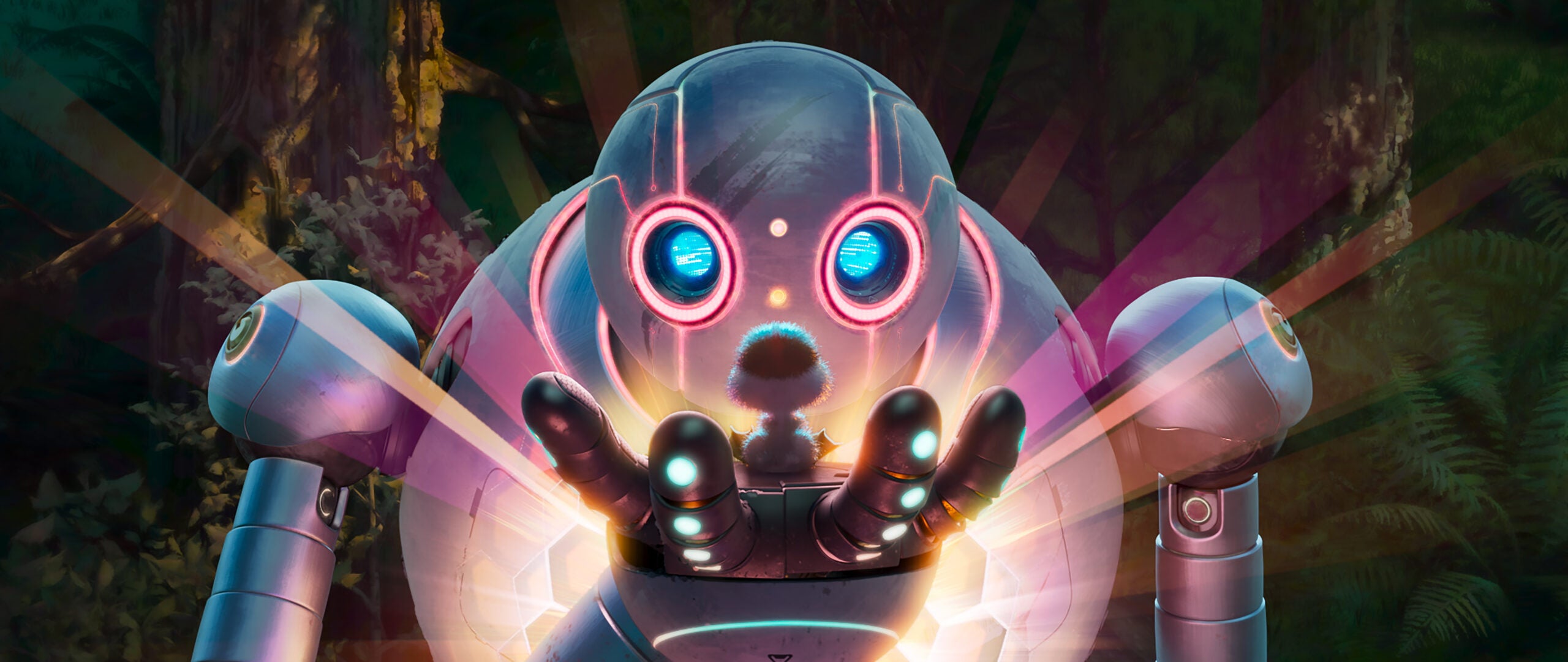
Congratulations to the team at DreamWorks Animation and the entire cast and crew, and join the community at OpenMoonRay.org to learn more!

